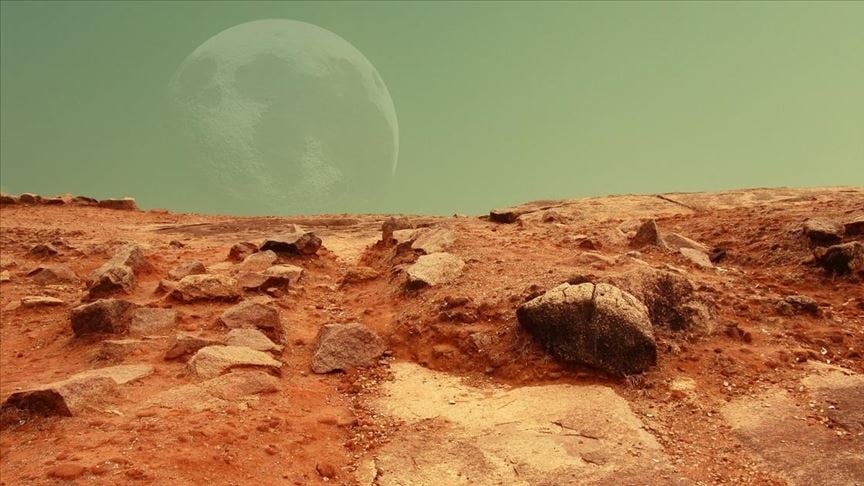They are building a nuclear reactor on the Moon: The five-year countdown has begun

The US, which is accelerating its goal of establishing a permanent human presence on the Moon, has now set its sights on nuclear energy. According to a new memorandum signed by Transportation Secretary Sean Duffy and leaked to the public, NASA plans to install a nuclear reactor on the lunar surface within the next five years. This technology will not only power bases on the Moon but also lay the groundwork for missions to Mars.
WHY NUCLEAR ENERGY ON THE MOON?A day on the lunar surface is equivalent to approximately 28 days on Earth. This creates a challenging cycle of two weeks of daylight followed by two weeks of dark, cold nights. In these conditions, where solar panels are insufficient, an energy source independent of the Sun is vital for sustained human existence.
Launch planned for 2029NASA is preparing to solicit bids from private sector companies for this reactor, which is planned to be ready for launch by 2029. This target also lays the groundwork for the astronauts and the planned base to be sent to the Moon's south pole in 2026 as part of the Artemis program.
MAY BE THE KEY TO MARS JOURNEYAccording to Duffy, the reactor, built on the lunar surface, will also pioneer technologies for meeting energy needs on Mars. NASA's long-term plans include launching human missions to Mars using the lunar base.

The US's move is also part of a growing geopolitical rivalry. China and Russia's plans to build a nuclear power plant on the Moon in the mid-2030s are forcing the US to act quickly. Duffy emphasized the risk of rival countries declaring "no-go zones" on the Moon, urging the US not to fall behind in this race.
The 1967 UN Outer Space Treaty prohibits countries from claiming ownership of the Moon. However, the Artemis Accords, launched in 2020, introduce new rules regarding security zones and resource use. China is not included in this agreement, which has been signed by 56 countries to date.
HAVE RESOURCE WARS STARTED?International powers have also set their sights on the Moon's valuable resources, including water, helium, and rare earth elements. Water can be used to produce rocket fuel, while helium holds promise for nuclear fusion technologies. Rare earth elements, in turn, are the backbone of modern technologies.
THEY'VE BEEN PREPARING SINCE THE 2000SNASA actually began its research on the use of nuclear energy in space in the 2000s. In 2022, three companies were awarded $5 million each for small 40-kilowatt reactor designs. These plans are expected to accelerate with the latest circular.
SÖZCÜ




